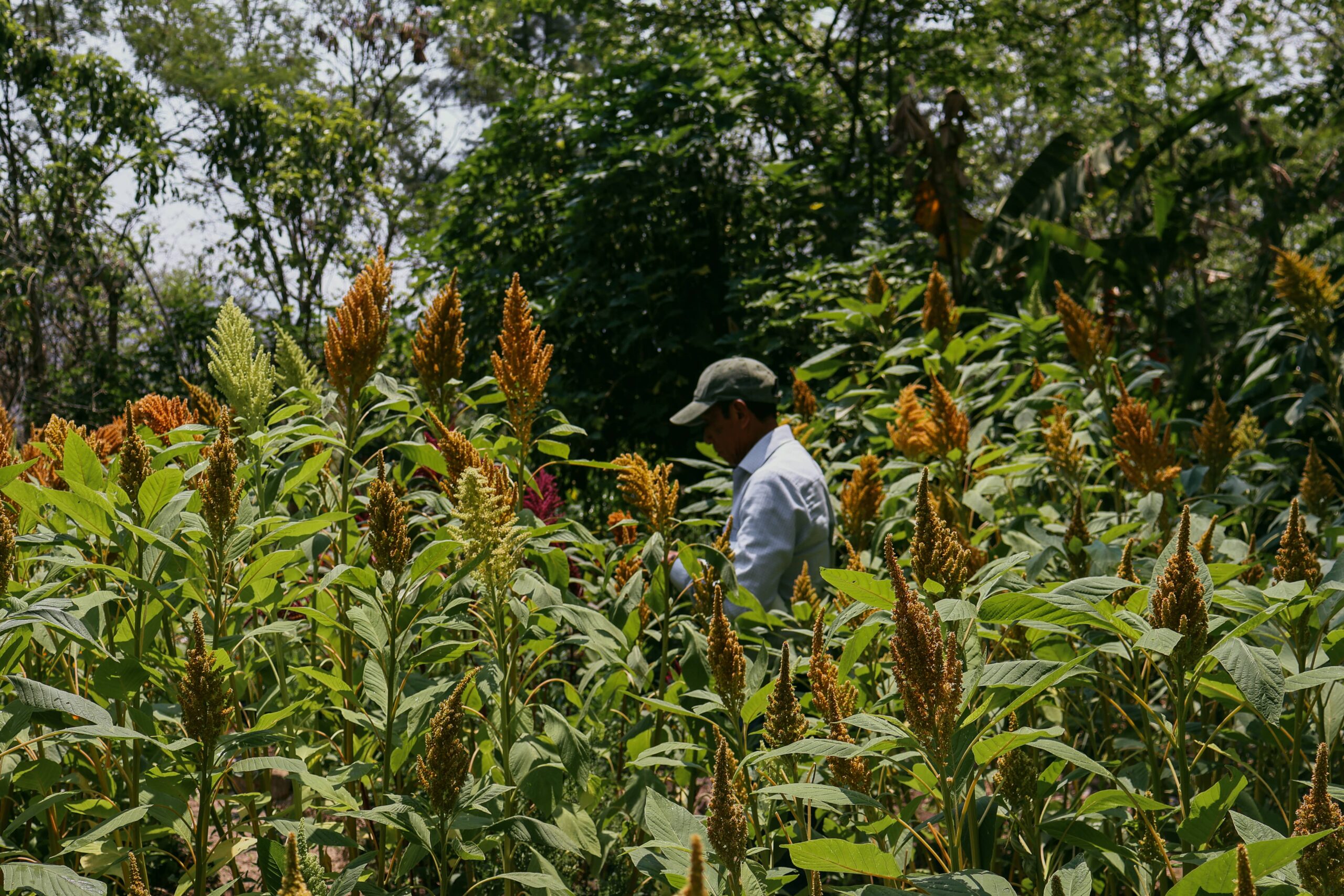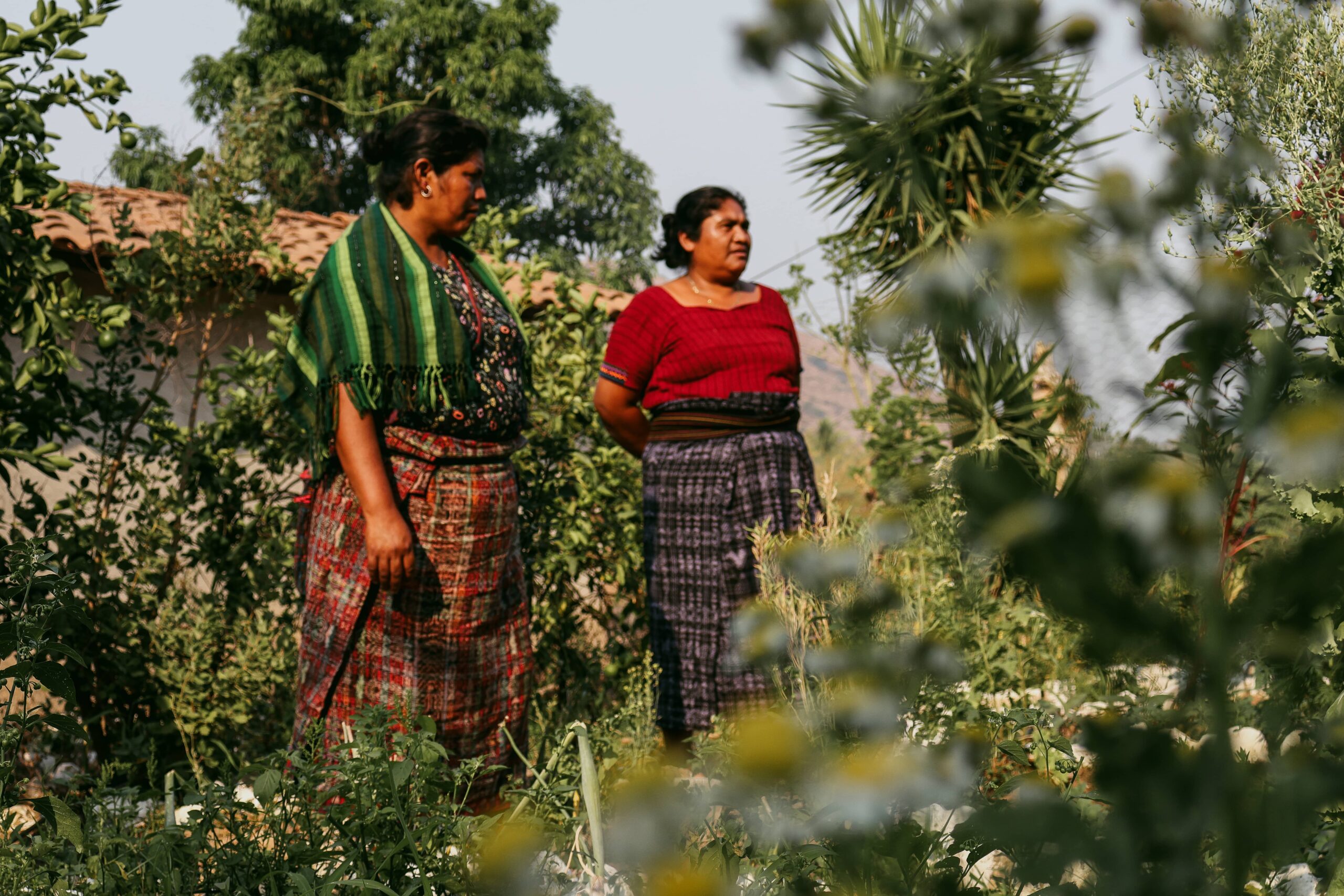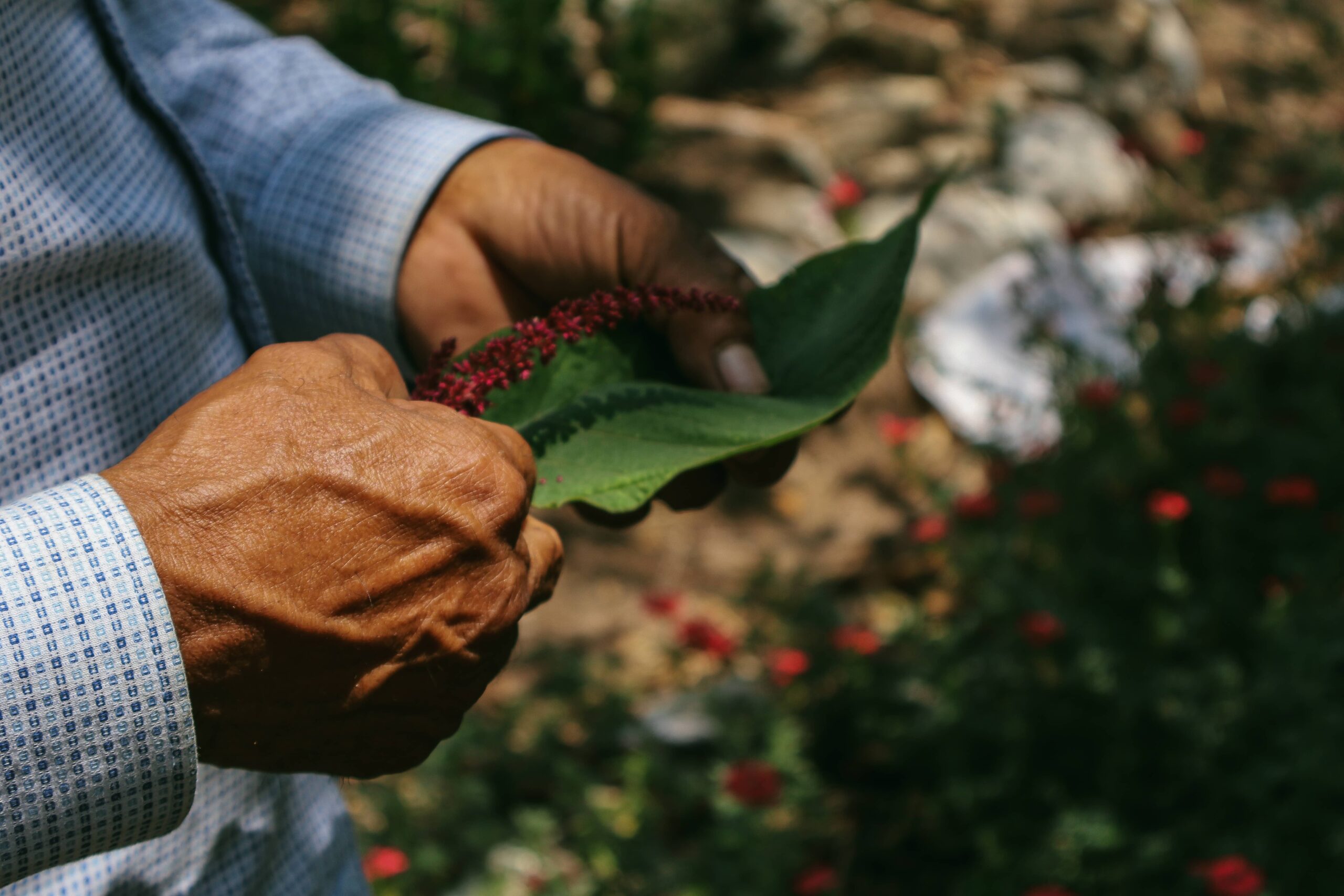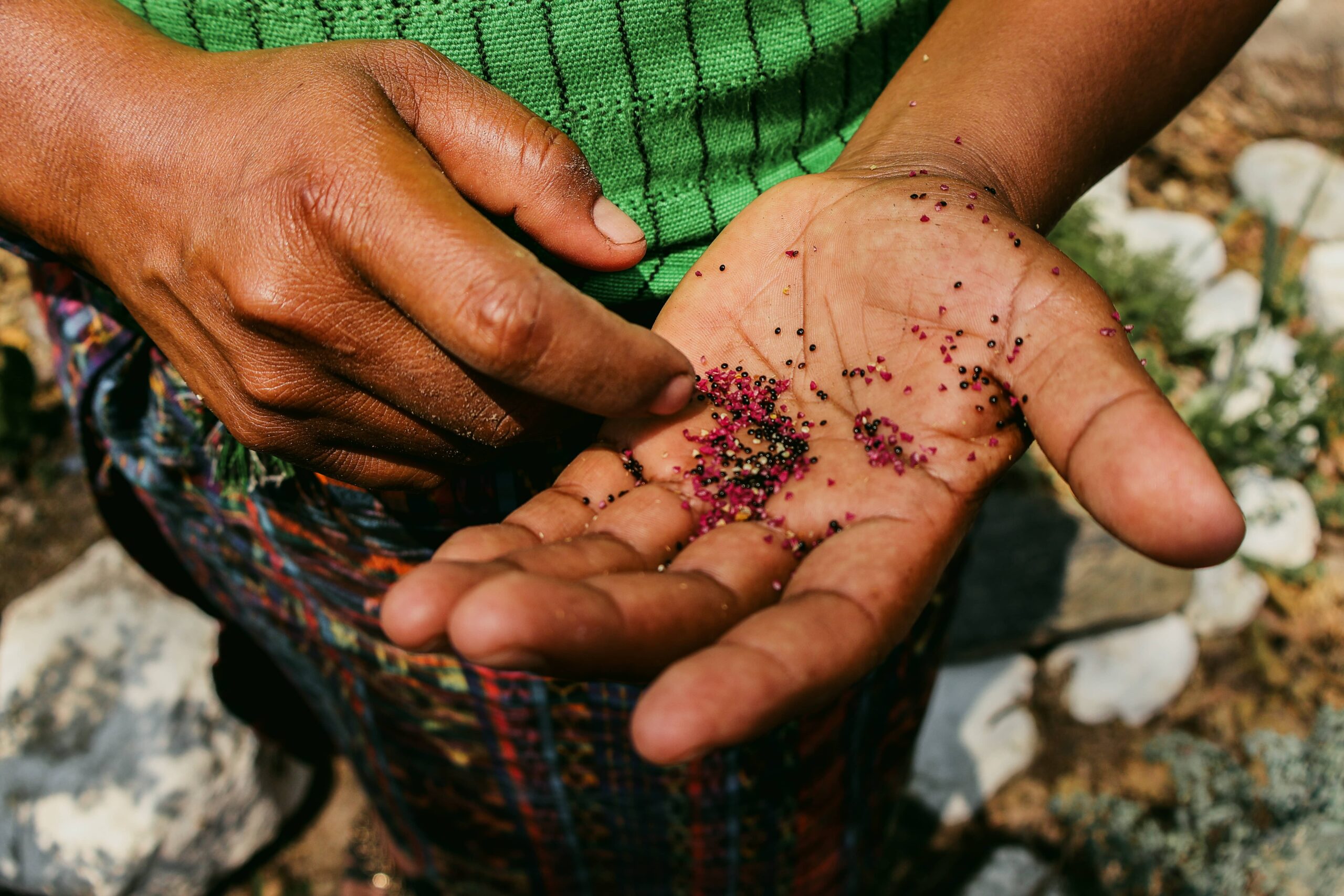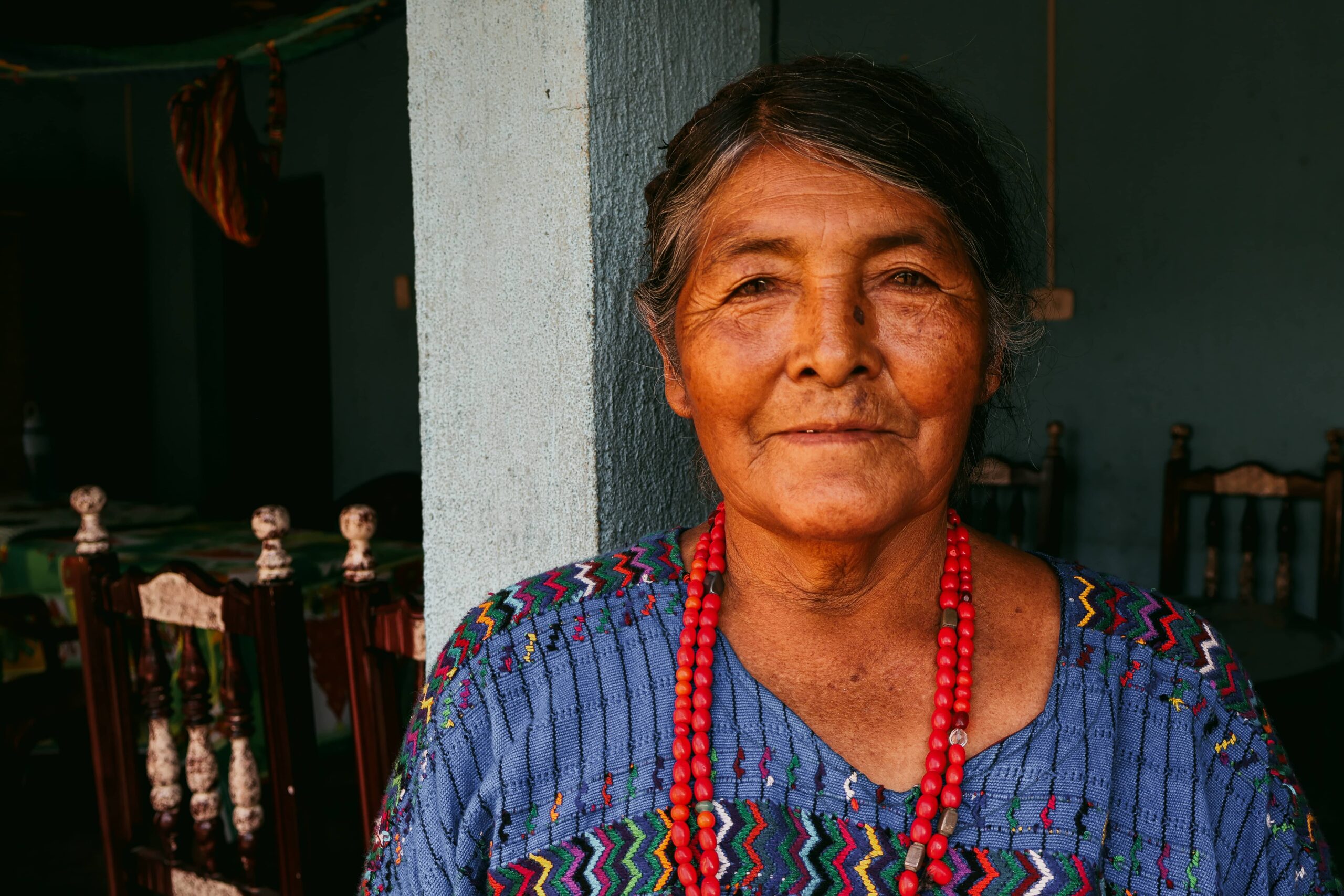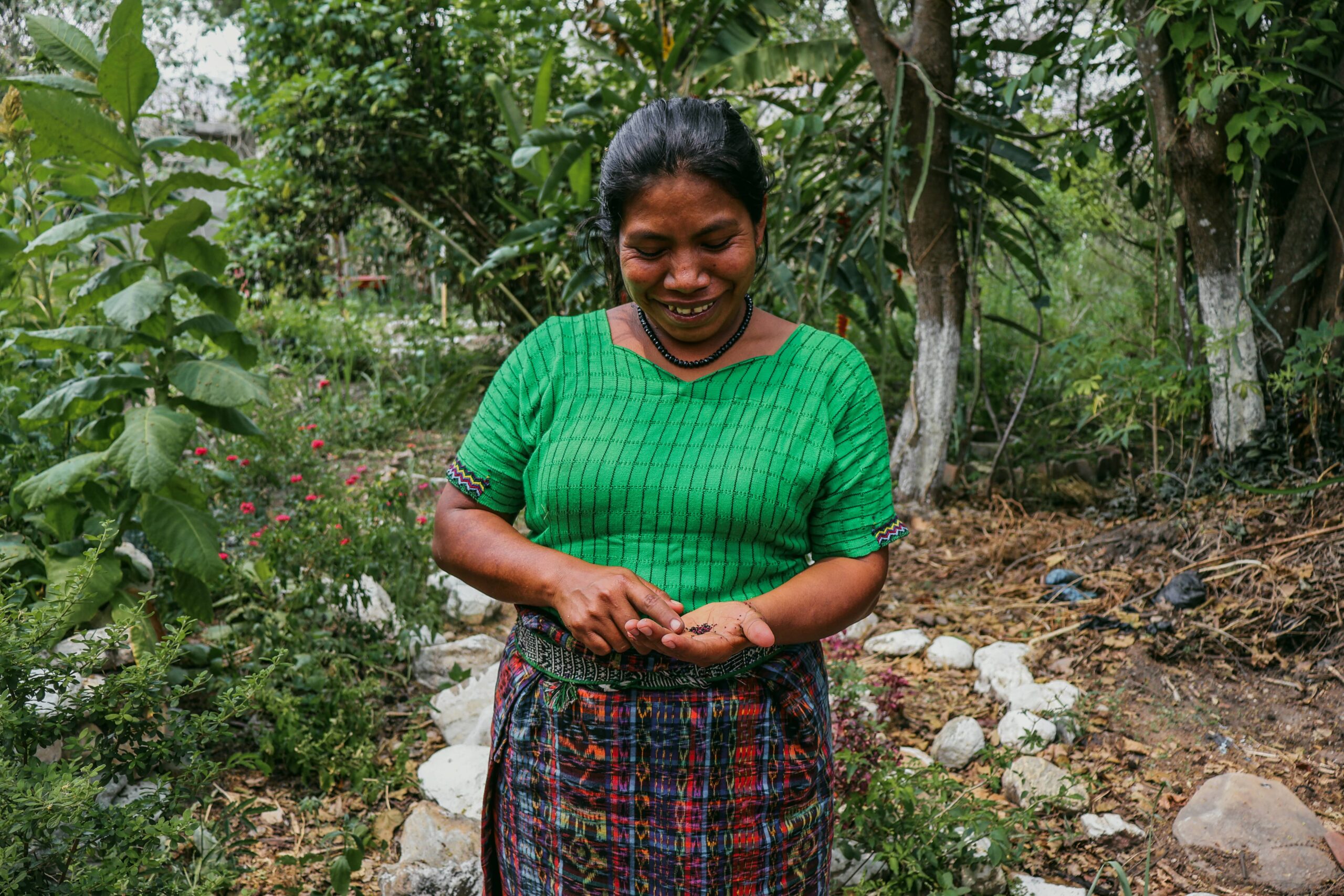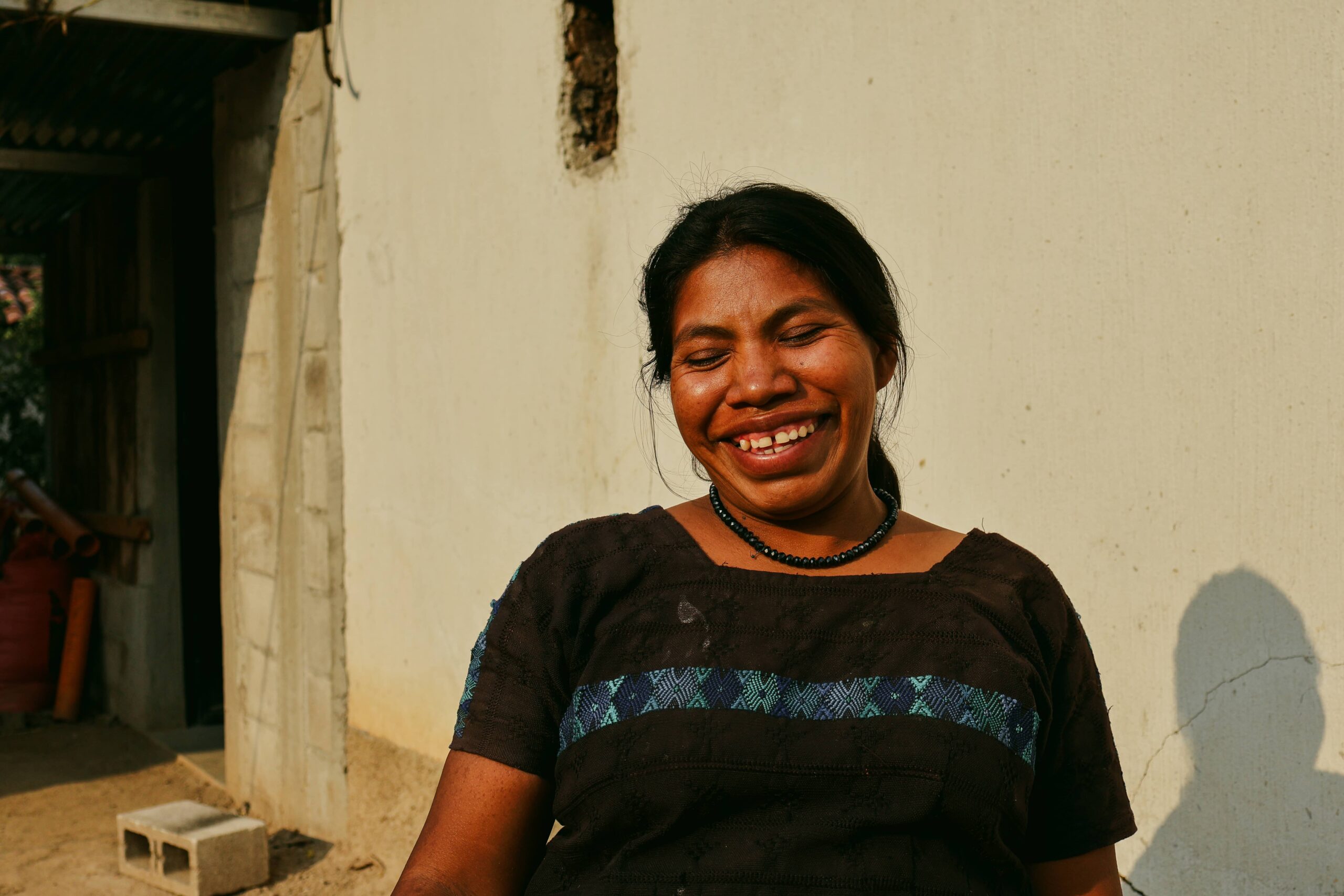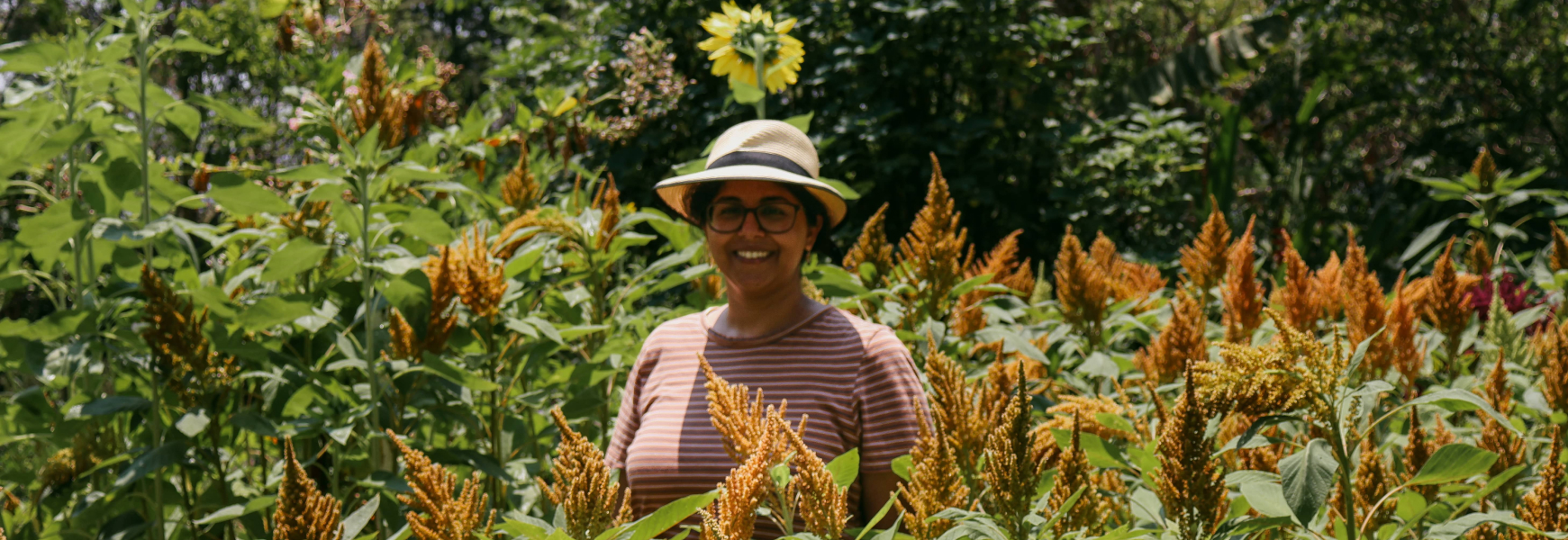
A Taste of India in the Amaranth Fields of Guatemala
When Groundswell International's Donor Relations Manager, Chandi, found herself in the amaranth fields of rural Guatemala to learn about agroecology and community-led farming practices, little did she know that this trip would lead her to an unexpected personal discovery—one that tied her Telugu heritage in India to Mayan Achi culture. And it all comes down to one precious seed: amaranth.
In May 2024, I visited Guatemala for the very first time. As part of my work with Groundswell International, I always relish the chance to visit our partners and communities in the field. We spent the week with our long-term partner in Rabinal, Qachuu Aloom, and our new partner in Jalapa, ACESH. They both were wonderful hosts who packed the week with a lot of learning, brainstorming, and bonding.
Gaining insight into agroecological techniques and their implementation is always eye-opening, but what I cherish most on these trips is connecting with the farmers themselves, who work tirelessly to reverse the effects of climate change. I found myself in the heart of rural communities in a new country, learning from the Mayan Achi farmers who cultivate the land with deep respect and tradition.
Walking alongside the Mayan Achi farmers, I witnessed their daily rituals of tending to the soil with reverence, their hands calloused but steady as they nurtured each plant. Conversations flowed easily as we moved through the fields, their stories of resilience braided with the land itself. We chatted about the unusually hot weather for that time of year, the crops, and our families—simple things that bring us all together. I even played with one of the farmer’s grandsons, a little boy named Gaelito, who gave me a tour of his grandmother’s farm.
There was one plant that really caught my eye: amaranth. As the farmers proudly showed me their crops, I was struck by the sight of its vibrant, crimson leaves. They looked strangely familiar, especially the shape and color of the foliage. It nagged at me—I knew I had seen this before but couldn’t quite place it. So, like anyone who can’t let a mystery rest, I snapped a photo and sent it to my parents back home, curious to see if they recognized it.
Their instant response: “We just had that last week!” Then it hit me: they were talking about thotakura – a leafy green that’s a staple in Telugu (an ethnolinguistic group in South India) cuisine. A sudden, unexpected wave of nostalgia struck me: here I was in Guatemala, feeling connected to my Telugu heritage in India.
The Seed that Crosses Borders
What surprised me the most during my visit was how familiar amaranth felt. I grew up eating it all my life! Only to me, it was thotakura, like it was amaranto to Angelica. I was suddenly transported back to helping my mom in our kitchen in Canada and Michigan, and helping my grandmother in her kitchen in India during summer vacations, separating the leaves from the stems. One difference is we only use the leaves, whereas the Mayan Achi people use the whole plant, especially the flowers and the seeds. This simple yet nourishing crop had such an influence on both cultures.
A Symbol of Resilience and Nourishment
Hearing from farmers like Angelica, amaranth is more than just a crop. It’s a symbol of growth and resilience. The Mayan Achi people have been growing amaranth for generations, valuing its high nutritional content, adaptability, and cultural significance. As a drought-resistant plant, amaranth provides food security in regions where climate change poses a constant threat. I was moved by the dedication of the farmers reclaiming traditional farming practices, such as the milpa system—a traditional farming system based on intercropping that goes back thousands of years in Meso America, where many different crop species are grown together in the same area—to build healthier, self-sustaining communities.
All of this made me realize one profound truth: despite geographical distances and cultural differences, our communities are interconnected through shared practices and values. For the Mayan Achi and Telugu people, amaranth is more than just food: it is a link to our past, a source of sustenance, and a symbol of perseverance. It serves as a reminder of how traditional knowledge, passed down through generations, continues to shape our lives today.
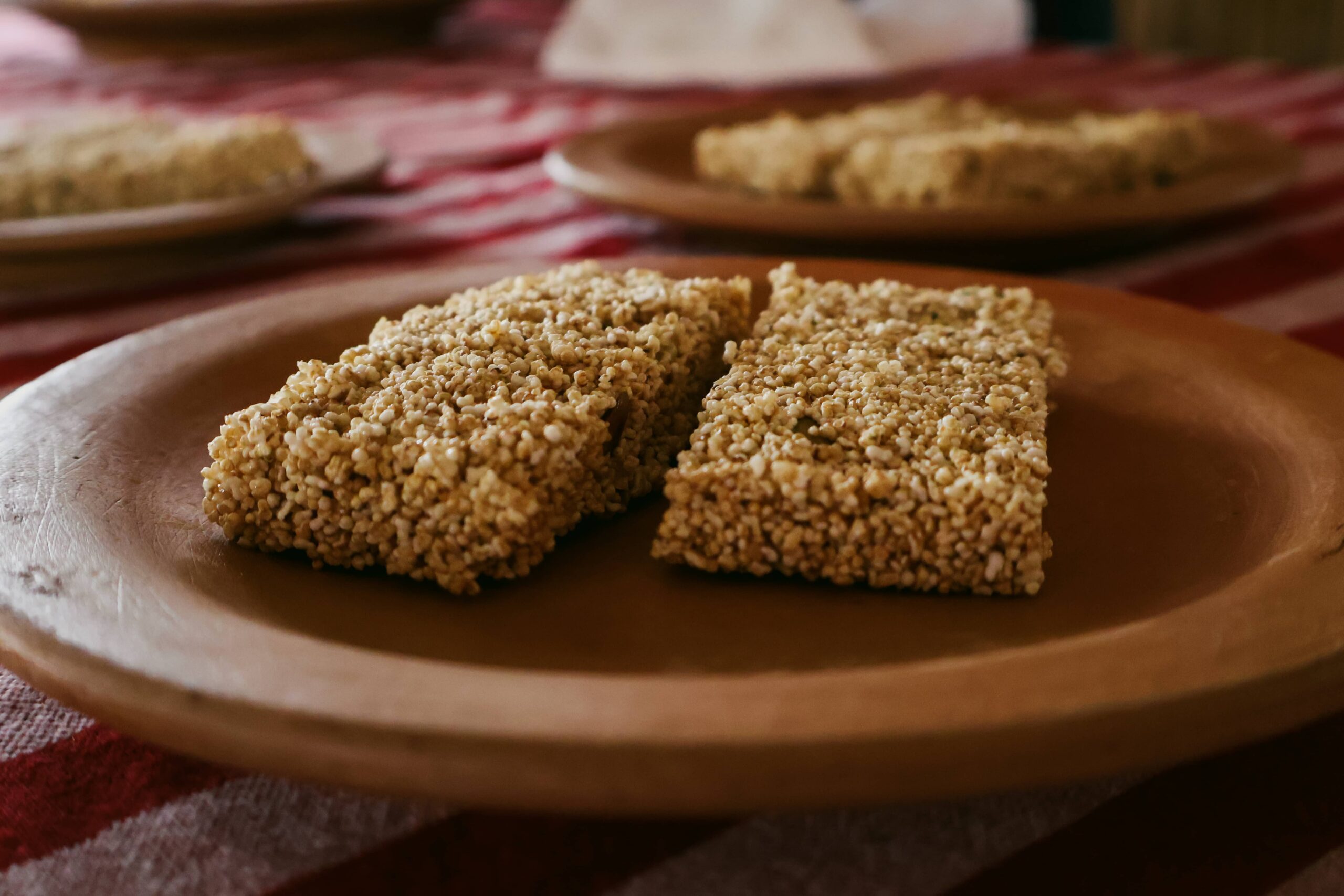
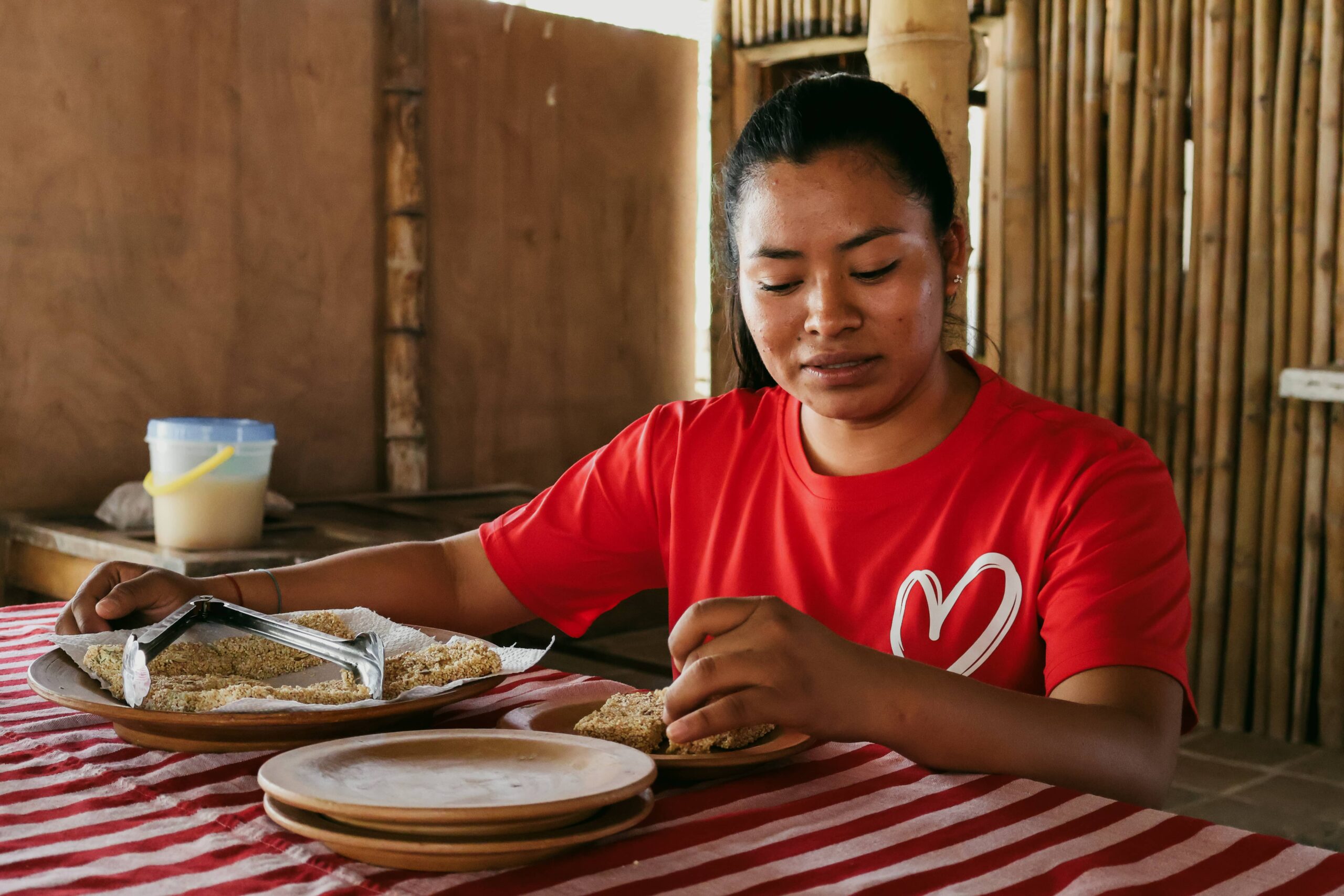
Seeding Hope for the Future
Working with Groundswell International, I’ve come to appreciate the power of grassroots movements that champion local traditions and sustainable practices. My time in Guatemala also reminded us how we can all learn from one another when we listen and share. No matter where we are in the world, the seeds we plant, both literal and metaphorical, have the potential to nourish and protect our communities.
Amaranth, thotakura, amaranto, tsez (in Mayan Achi) – whatever you call it in your corner of the world, is a humble but mighty plant.
Go further: meet Galy, a woman farmer spreading hope in Guatemala

About the author
Chandana Guntupalli
Chandana Guntupalli is Groundswell International’s Donor Relations Manager. She started her non-profit career in direct services advocating for South Asian women facing domestic violence and then moving into fundraising and development. She has over six years of experience in non-profit development supporting programs focused on domestic violence, transitional housing, anti-bias education, and youth civic engagement.
Chandi comes from a line of farmers on both sides of her family from southeastern India and is excited about the community development and empowerment that Groundswell develops for farmers across the world.

